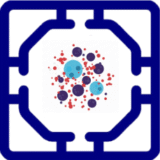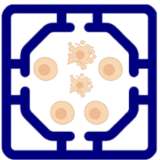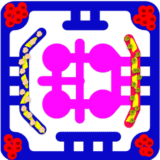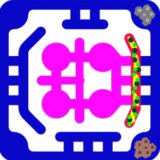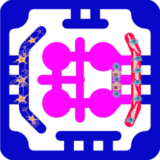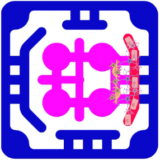Inflammation is inherently a multiorgan process, involving the coordinated responses of vascular, immune, and parenchymal tissues. Multiorgan-on-a-chip platforms are uniquely suited to capture this complexity, because they link different cell types and tissue modules under controlled perfusion. By combining endothelial barriers, immune components, and functional parenchymal organs such as liver, lung, or pancreas, these systems allow researchers to model both local inflammatory triggers and the systemic cascades that follow.
Inflammation can be initiated through pathogen- or danger-associated signals, such as bacterial lipopolysaccharide (LPS), or hypoxia/reoxygenation to simulate ischemic injury. The resulting cytokine and chemokine release can be monitored in real time from effluents. The vascular endothelium plays a central role in this process: once activated, endothelial cells upregulate adhesion molecules, increase permeability, and promote immune cell recruitment. The organ plate allows the perfusion of circulating immune cells such as neutrophils, monocytes, or T lymphocytes, enabling direct observation of rolling, adhesion, and transmigration under flow.
Parenchymal tissues in linked compartments provide insight into organ-specific damage and dysfunction. For example, hepatocytes in a liver module may show reduced albumin or urea secretion after exposure to inflammatory cytokines, while brain models, inflammatory insults disrupt the blood–brain barrier, leading to increased permeability and neuronal injury. These readouts provide a picture of inflammation that integrates molecular signaling, immune cell dynamics, and organ-level functional outcomes.
It is also possible to distinguish between acute and chronic inflammatory states. Acute models often replicate sepsis-like conditions or cytokine storms, with massive IL-6 and TNF-α release following systemic LPS exposure. Chronic models, by contrast, involve prolonged low-dose cytokine or immune cell exposure to study diseases such as Type 1 diabetes, rheumatoid arthritis, or neuroinflammation. In oncology settings, tumor–immune modules connected to vascular and liver compartments can model cytokine release syndrome (CRS) during checkpoint inhibitor or CAR-T therapy, a major clinical safety concern.
The advantage of these platforms lies not only in their human relevance but also in their ability to capture cross-organ communication. By observing how signals generated in one organ propagate to others, systemic inflammatory syndromes can be studied. Importantly, these models also provide a testbed for evaluating anti-inflammatory therapies, including biologics such as anti–IL-6 or anti–TNF-α antibodies, in settings that allow simultaneous assessment of efficacy and off-target effects.




